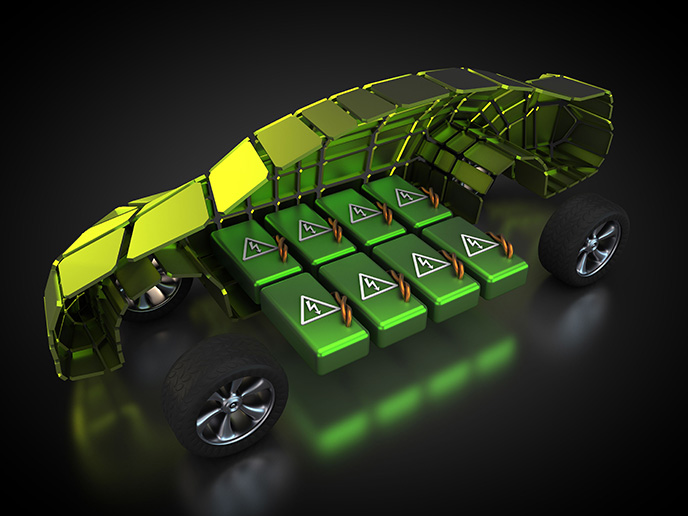New rare earth magnets from old
Rare-earth (RE) metals are used in the production of magnets, which play a vital role in modern applications like smart phones, headphones, electric cars, and micro-mechanical devices. However, Europe is highly dependent on external sources of RE metals, with 80 % of manufactured RE metals coming from China. Recent reports have revealed that RE magnet materials face the highest supply risk for EU manufacturing companies. Recycling of magnet-containing electronic waste could provide the solution. The Horizon 2020 project REProMag(opens in new window) has developed and validated an innovative, resource-efficient shaping, debinding and sintering (SDS) process for RE magnets to economically produce magnetic parts with complex structures and geometries. Magnetic scrap material recycled For over two decades, neodymium (Nd), iron (Fe), and boron (B) based magnets have been a critical component in a range of electronic devices. “The SDS approach uses the hydrogen processing of magnetic scrap (HPMS) from existing waste streams to breakdown the magnets into a friable, demagnetised, hydrogenated powder. This material is separated out mechanically from remaining constituents to ensure 100 % waste-free production of RE magnets,” says project coordinator Dr Carlo Burkhardt. Manufacturing RE magnets using the SDS process overcomes problems associated with sintered and bonded magnets. Sintering forms a solid mass of material through heat or pressure, while bonded magnets are manufactured by mixing fine magnet particles or fine powder with an adhesive or other binder and moulding it into a solid magnet. To shape the magnetic material, the HPMS powder is mixed with an organic, multi-component binder in a hot state to form a mixture in which every metal particle is uniformly coated with the binder. Once cooled, this mixture is then granulated into pellets to create a feedstock that can be processed using 3D printing or by metal injection moulding (MIM). “This allows waste-free manufacturing of complex shapes with high tolerances, thus avoiding expensive post-sintering treatment,” explains Dr Burkhardt. Reused, reshaped and recoated Project partners constructed three MIM test tools with integrated magnets for aligning the particles to create anisotropic magnets or even multi-polar arrangements that don’t require further machining. According to Dr Burkhardt: “Initial work conducted on 3D-printing a magnetic powder based on strontium ferrite showed a significant alignment of parts printed on a large permanent magnet, which induced the alignment field.” The polymer binder necessary for the shaping operation is finally removed using a solvent at slightly elevated temperature for several hours, leaving a dense metallic structure. A very low amount of backbone binder, which is insoluble in the solvent, still holds the particles in shape and must be removed in a second de-binding step, by heating to the sintering temperature. No other post-processing phase is to be used, except an innovative coating method to avoid corrosion. REProMag successfully validated the use of 100 % recycled raw materials for the sustainable production of RE magnets using SDS processes. “This will help to ensure the independence of European industries from critical raw materials produced in Asia and further benefit society by reducing the consumption of energy and of hazardous chemicals during the processing of RE ores,” concludes Dr Burkhardt.







